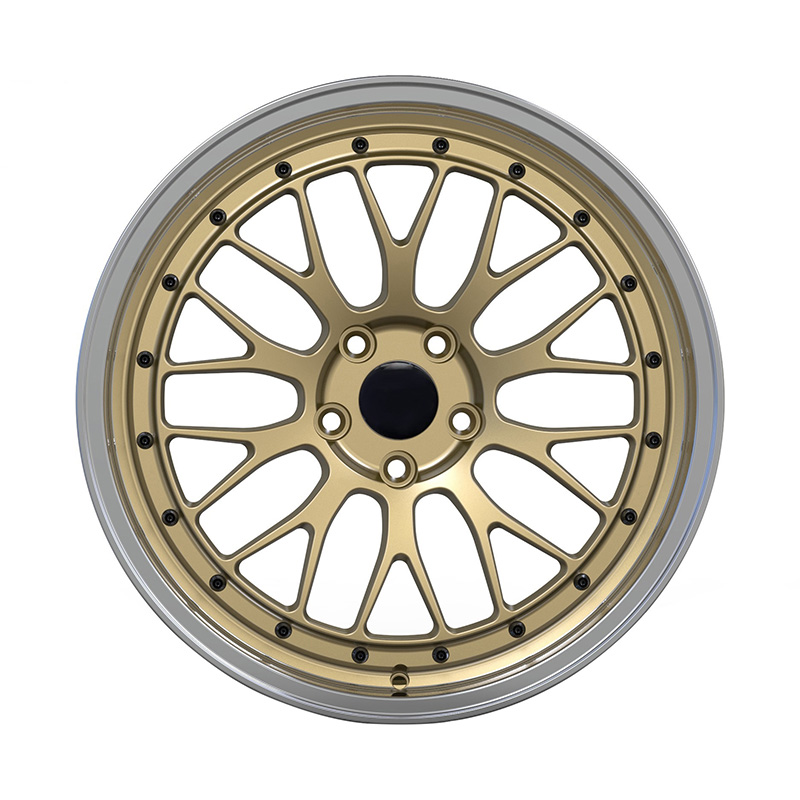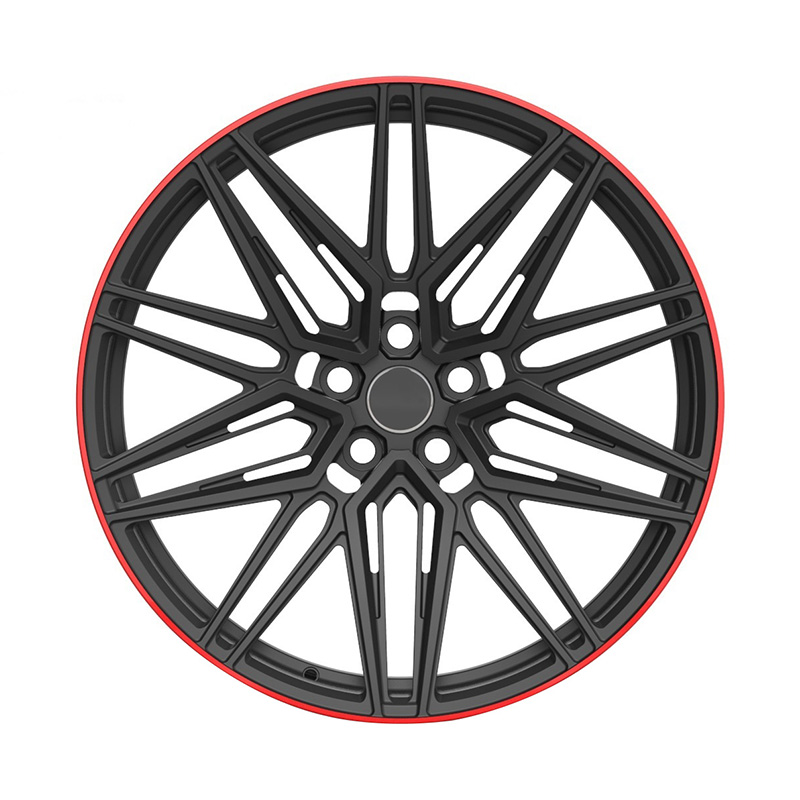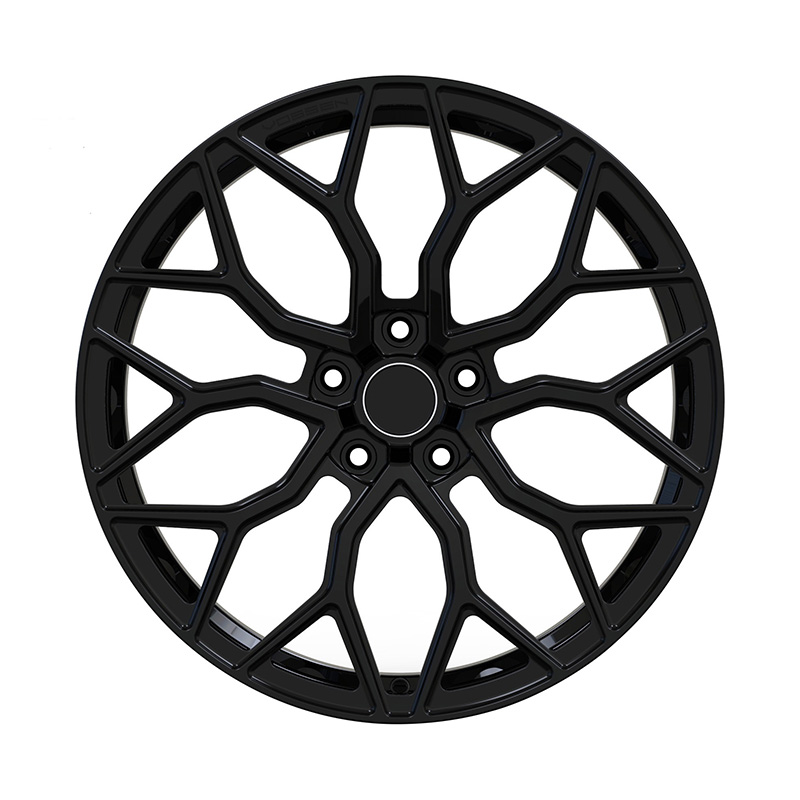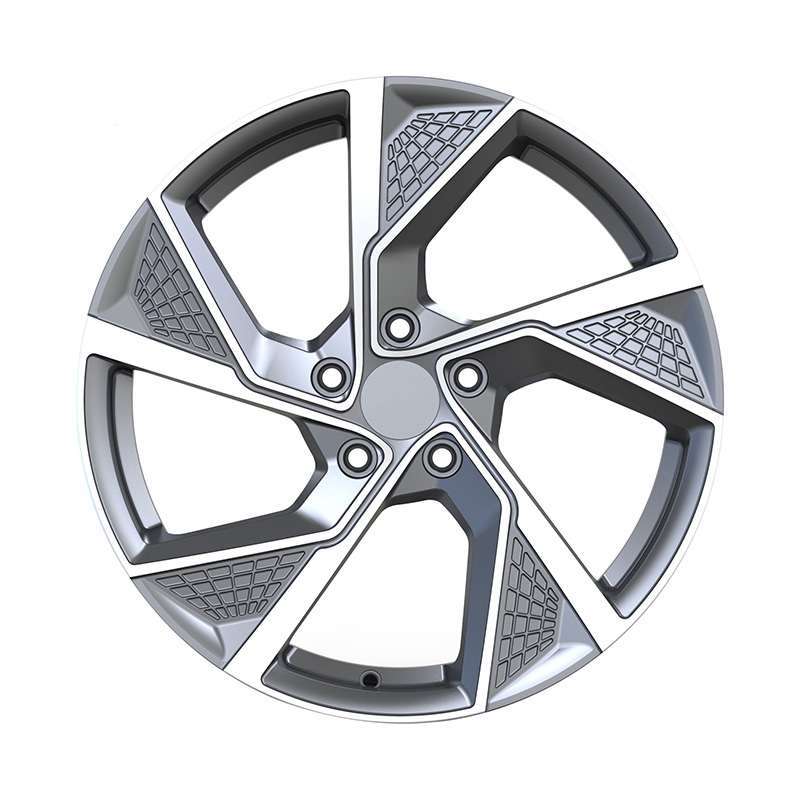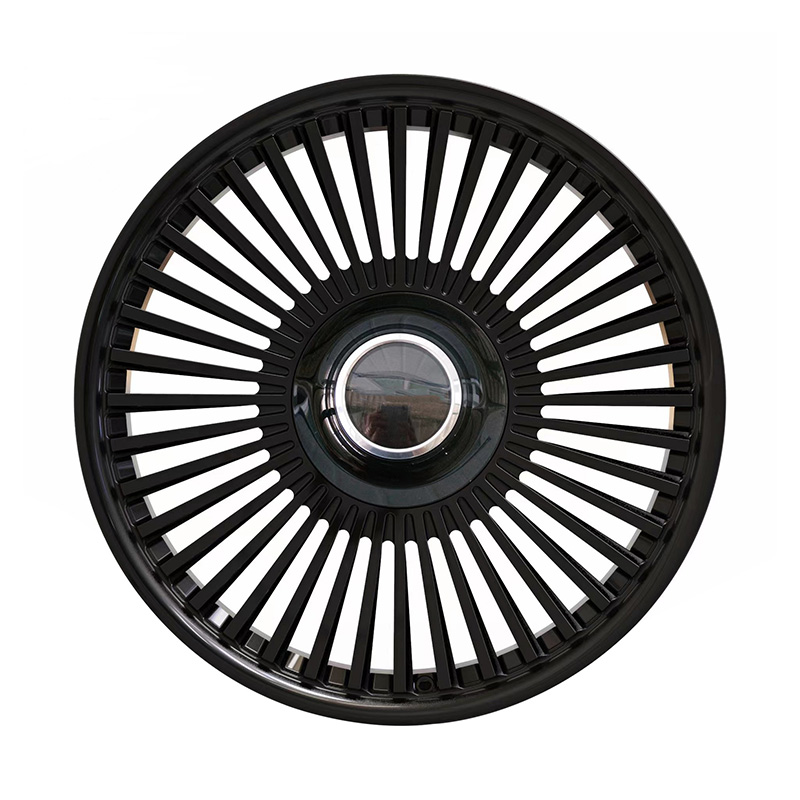
Submit
Submit feedback
How Have Aluminum Forged Wheels Evolved in Car Modification?
2025-10-15
The culture of automotive modification is a dynamic tapestry, woven from threads of personal expression, technological advancement, and performance pursuit. Within this vibrant landscape, few components have undergone as significant a transformation as the wheel. Once viewed as a simple functional necessity, the wheel has been elevated to a statement piece, central to a vehicle's identity. Their development within the modification scene can be traced through three distinct areas: the shifting priorities that guide their selection, the revolutionary advancements in their manufacturing and design, and their nuanced impact on a vehicle's dynamic behavior.
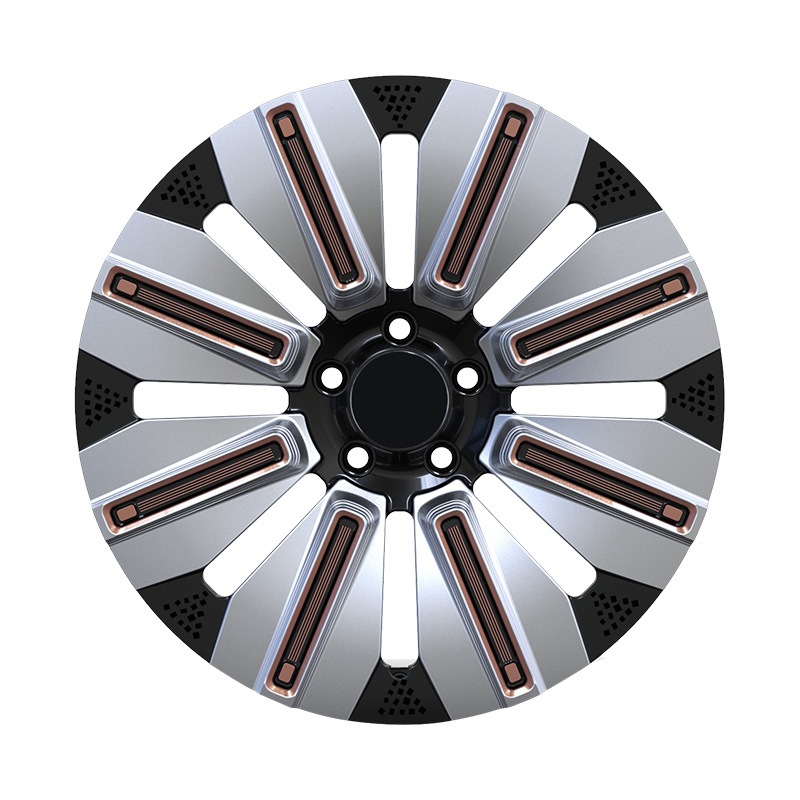
I. The Shift in Motivations: From Pure Performance to Holistic Aesthetics
In the early days of automotive tuning, the adoption of aluminum forged wheels was driven almost exclusively by a singular goal: enhancing performance. Forged wheels are created by subjecting a solid block of aluminum to immense pressure, aligning the metal's grain structure and creating a part that is exceptionally strong for its weight. This process offered a clear advantage on the track. The significant reduction in unsprung mass—the weight of components not supported by the suspension—led to more responsive handling, improved acceleration, and better braking. For modifiers focused on shaving seconds off lap times, the investment in forged wheels was a calculated, performance-oriented decision.
Over time, however, the rationale for choosing forged wheels began to broaden. As modification culture seeped into mainstream automotive enthusiasm, the wheel's role expanded. It became a primary element of a vehicle's visual character. Today, the choice is often a holistic one. Enthusiasts seek wheels that offer the performance benefits of reduced weight and increased strength while also serving as a centerpiece that defines the vehicle's style, whether it be aggressive, luxurious, or exotically detailed.
II. Advancements in Manufacturing and Design Flexibility
The evolution of forging technology itself has been instrumental in shaping the options available to modifiers. Traditional forging was a powerful but somewhat limited process. Modern techniques, particularly the adoption of computer numerical control (CNC) machining, have unlocked unprecedented levels of design freedom. After the initial forging process creates a near-net-shape blank, CNC machines meticulously carve the final design with microscopic precision. This allows for the complex geometries, sharp lines, and custom offsets that the modern modification market demands.
This marriage of forging and precision machining has directly facilitated the trend towards personalization. The ability to produce small batches or even one-off sets has made fully custom forged wheels a reality. Modifiers are no longer limited to a manufacturer's catalog; they can now collaborate with wheel companies to create a unique design, specify the exact width and offset for a perfect "stance," and choose from a vast array of finishes. The following table illustrates the core distinctions between the earlier and contemporary approaches to forged wheel production:
|
Aspect |
Traditional Approach |
Modern, CNC-Enhanced Approach |
|
Design Complexity |
Relatively simple, robust spoke patterns |
High complexity, intricate details, deep concavity |
|
Customization |
Limited to standard sizes and designs |
Extensive custom offsets, widths, and bespoke designs |
|
Precision & Finish |
Good structural integrity, simpler finishing |
Exceptional dimensional accuracy, complex surface machining |
|
Accessibility |
Primarily for professional racing or high-end sports cars |
Broader availability to the enthusiast market |
Advancements in finishing techniques have expanded the visual palette. Beyond classic polished or silver-painted finishes, modifiers can now choose from durable powder coats, intricate two-tone designs, and even tinted clear coats that showcase the raw aluminum underneath. This focus on aesthetics, underpinned by manufacturing advancements, has made forged wheels a key element in achieving a personalized and high-quality build.
III. The Nuanced Impact on Vehicle Dynamics and Driving Experience
While the visual appeal is undeniable, the core benefit of forged wheels remains their transformative effect on how a car drives and feels. The reduction in unsprung weight has a cascading positive effect on vehicle dynamics. Lighter wheels require less energy to accelerate and stop, leading to tangible improvements in both straight-line performance and braking distances. Perhaps more importantly, they allow the suspension to react more quickly and precisely to road imperfections. This results in better tire contact with the road, enhancing grip and providing a more composed and responsive ride quality, even on challenging surfaces.
This improvement in dynamics is often accompanied by an enhancement in sensory feedback. Drivers frequently report a more connected and intuitive feel through the steering wheel, with more immediate turn-in response and greater overall agility. The vehicle feels lighter on its feet and more eager to change direction. It is a nuanced change that may not be apparent in a spec sheet but is profoundly felt from the driver's seat. This combination of measurable performance gains and subjective driving enjoyment solidifies the forged wheel's status as more than just a cosmetic upgrade. It is an integrated performance modification that completes the circuit between a car's engineered potential and the driver's experience, making it a cornerstone of a thoughtful and comprehensive vehicle modification.
recommend products
-
Zhenlun Multi Spokes Split Monoblock Forged Wheels Bronze With Silver Lip Edge
-
Zhenlun Matt Black With Red Lip Monoblock Forged Wheels
-
Zhenlun Gloss Black Monoblock Forged Wheels Gloss Black For Sports Car
-
Zhenlun Monoblock Forged Wheels Lightgrey With Machined Face
-
Zhenlun Monoblock Forged Wheels Gloss Black Dense Multi Spoke

 0
0

